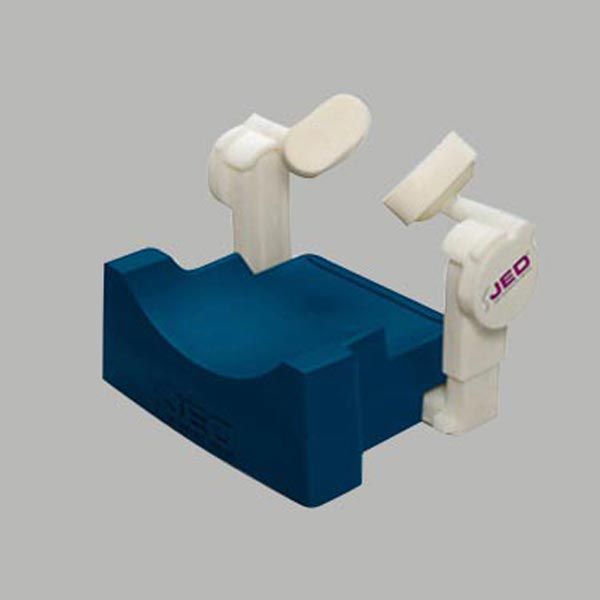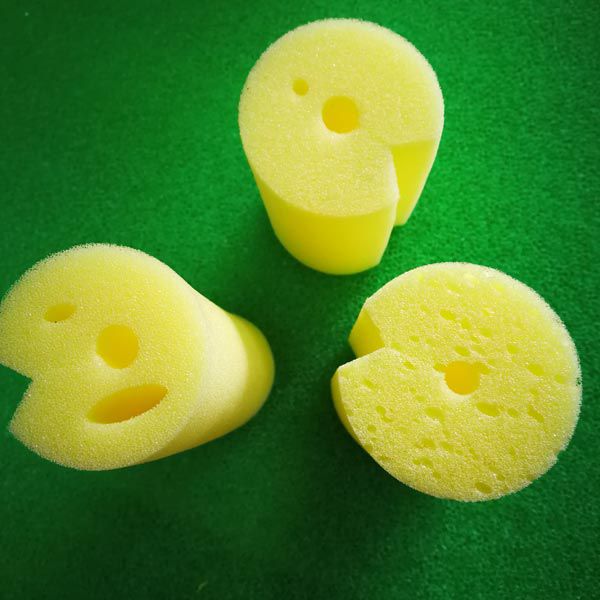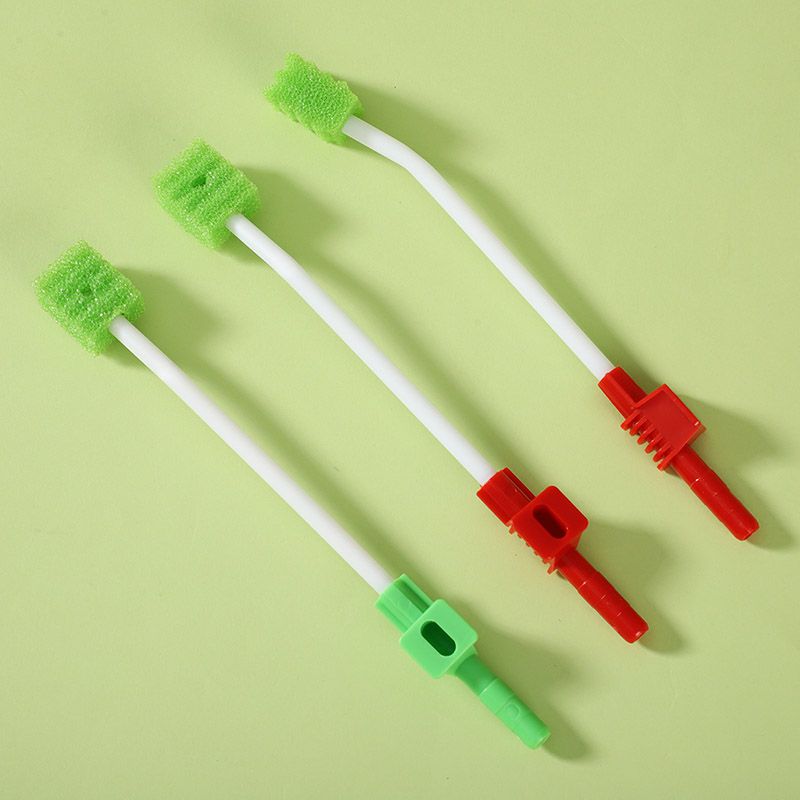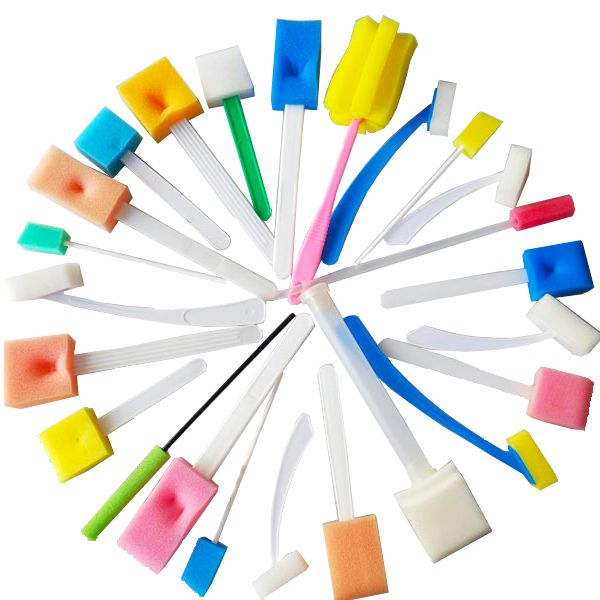How to Ensure the Aseptic State of Medical Cleaning Sponges for Endoscopes

Mukun Sponge has always been committed to helping hospitals and clinics maintain the cleanliness and asepsis of various equipment, which is a crucial foundation for safeguarding patient health. As an essential consumable for endoscopic diagnosis and treatment, the standardized management of medical cleaning sponges is particularly critical. This article provides an aseptic management solution that meets clinical needs from two dimensions: practical operations and daily maintenance:
Regular high-temperature and high-pressure sterilization is a core measure to block cross-infection. High-temperature steam sterilization can effectively kill pathogenic microorganisms in the pores of sponges. It is recommended to use medical-grade sterilized sponges and strictly implement the "one-patient-one-use-one-sterilization" standard to ensure aseptic conditions before each use.
The storage environment must meet "double standards": a clean space and a dry environment. Humid conditions easily foster bacterial growth, while contaminated work surfaces may cause secondary infections. It is advisable to use sealed sterile storage boxes and place cleaned sponges in laminar flow purification areas to ensure microbial control before use.
Avoid the misunderstanding of "over-disinfection": Although highly corrosive disinfectants kill bacteria rapidly, they can damage the fiber structure of sponges. Medical neutral disinfectants containing chlorhexidine are recommended, achieving both disinfection effects and equipment protection through scientific formulation.
Strictly follow the technical specifications in the product instructions, and establish traceable records for each link from pre-use pretreatment to disposal standard determination. It is recommended to detail parameters such as temperature, pressure, and time for each sterilization to form a complete quality control chain.
The physical integrity of sponges directly affects cleaning efficiency. Daily inspections should focus on surface wear, fiber shedding, and other issues. If fraying at the edges or loose structure is detected, use should be stopped immediately to avoid infection risks caused by inadequate cleaning.
















